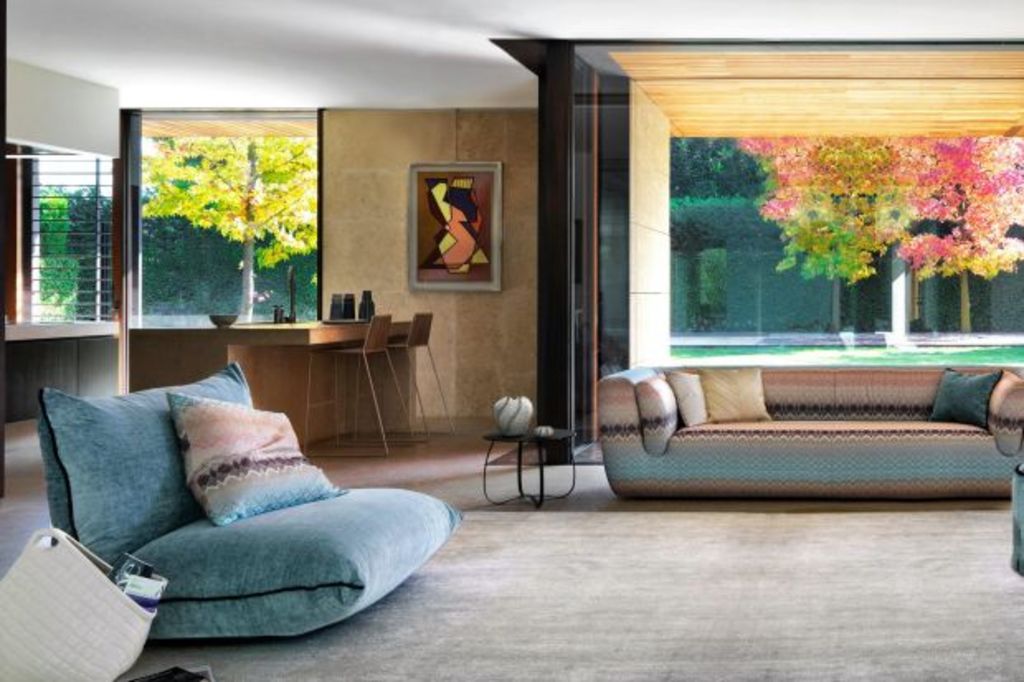
How Italy became (and remains) a creative superpower
When you think of the world’s most loved brands, Italians dominate. Think of Dolce & Gabbana, Prada and Fendi in fashion, Ferrari, Fiat and Ducati in automotive, Smeg and DeLonghi in appliances. So how have the Italians gained and maintained their stronghold in the hearts and minds of buyers?
History repeating
The post-war period is widely recognised as the heyday of Italian industrial design. World War II saw much of Italy decimated, sparking a national rebuilding phase in the post-war period that brought together culture and commerce.
Having grown up in Milan in the ’60s and ’70s, Sydney-based architect Luigi Rosselli witnessed an omnipresence of good design and architecture.
“The war destruction left a space for creativity and it was everywhere. I ate on Gio Ponti’s plates, typed on the Bellini Olivetti typewriter, sat in Kartell furniture. The heroes of design were more revered than sports persons,” he says. Further back, Rosselli credits the Roman Renaissance for instilling a sense of good proportion, harmony, quality of materials and craft; and the French and Austrian influence as instilling qualities of precision and reliability.
This burst of creativity and design was encapsulated in the launch of the Salone del Mobile in Milan in 1961. The trade show’s original intention was to showcase design from Northern Italy; it has now become the world’s foremost design fair. “There is not another furniture fair to even go close, and it’s been that way for decades,” says Fiona Lyda, founder of Australian design retailer Spence & Lyda, who has been attending Milan since the late ’90s.
“The secret is innovation and a desire to promote design as an industry,” she continues. “Furniture manufacturing quickly became one of Italy’s greatest exports and it continues today. The Danes and other parts of northern Europe are definitely giving it a run for its money but the industry still flocks to Milan every year.”
Passion for fashion
When designer and stylist Emma Elizabeth chose to study Scenografia (a fusion course between interior design, industrial design and set design) in Milan, she began a love affair with Italy. “As a culture, they do everything with a sense of passion,” she says. “Their hand gestures, their choice of words, their enthusiasm for life, echoes in our hearts and minds.”
Lyda agrees, remarking, “There is a delightful eccentricity to Italian design, much like the people themselves. Passion is a hallmark of their personalities and it shows in the design. Expect colour and pattern,” she says, referencing the Missoni textiles that have been her own passion for many years.
The Italian passion for design knows no boundaries; rather it is an overall appreciation for creativity. For example, Smeg has been collaborating with world-leading architects since 1985. Why? “Because architecture is for life. A building is designed to be enjoyed for time immemorial,” says head of brand, Tamara Buchanan. And this enduring view of design gives the Italians their staying power. “We design appliances with long-term elegance and architectural principles which will stand the test of time.”
Local touch
Like food, the regions of Italy each have their manufacturing specialty. Glass in Venezia, ceramics in Tuscany, and in the country’s north, a dedication to high-tech precision. “The post-war manufacturing of northern Italy was a model of diversity, quality and self-improvement,” says Rosselli, and despite the global trend towards Asian production, many brands, such as Smeg, remain committed to Italian manufacture.
Based in Guastalla in Emilia Romagna, all Smeg’s factories are located in Italy and Buchanan says the region remains a manufacturing stronghold. “Northern Italian manufacturing includes companies like Ferrari, Maserati, Ducati, Pagani… There’s incredible pride in engineering in this region. Each company in turn inspires its neighbours to continually innovate and create ever-better technologies.”
All in the family
Many of the most loved Italian design brands are family-owned, which maintains a level of quality and integrity that is often otherwise compromised. “It is very easy to see when ‘the suits’ have taken over a company,” Lyda believes. “It becomes all about the bottom line and not about the quality.”
Buchanan confirms, “Family is everything to Smeg. It means the brand retains independence from shareholder pressure and allows Smeg to chart its own course. A family-owned company can stay true to its ideals and progress with a clear purpose.”
Whether fashion, automobile, furniture, appliances or lighting, Italian brands have a stronghold when it comes to design and manufacture. And it’s not just the historic, financial and political context that gave rise to its power, but the trademark passion of Italians that has maintained its position. As Lyda affirms, “It has a heart; it requires a visceral response.”